In
different cultures, a third or fourth gender may
represent very different things. To the Indigenous Māhū
of Hawaii, it is an intermediate state between man and
woman, or to be a "person of indeterminate gender". The
traditional Dineh of the Southwestern US acknowledge
four genders: feminine woman, masculine woman, feminine
man, masculine man. The term "third gender" has also
been used to describe Hijras of India, Bangladesh and
Pakistan, Fa'afafine of
Polynesia, and sworn virgins of the Balkans.
While found in a number of non-Western cultures,
concepts of "third" and "fourth" gender roles
are still somewhat new to mainstream western culture and
conceptual thought. The concept is most likely to be
embraced in the modern LGBTQ or queer subcultures, or in
ethnic minority cultures that exist within larger
Western communities such as the North American
Indigenous cultures that have roles for Two Spirit
people. While mainstream western scholars, notably
anthropologists who have tried to write about Native
American and South Asian "gender variant" people, have
often sought to understand the term "third gender"
solely in the language of the modern LGBTQ community,
other scholars especially Indigenous scholars, stress
that their lack of cultural understanding and context
has led to widespread misrepresentation of third gender
people.
Female Gaze: Gender
Expectations
Freedom to Be Yourself
Gender Expression
Explained
Authentic Representation: Gender Expression
Video Story: I Thought I Was Gay
Nongirly: Gutsy, Goofy, Geeky, Glorious
Ursula K LeGuin: On Being a Man
Info: Fashion and Clothing
Boys Wearing Dresses
Why Effeminate Gays Are Fabulous
Video Fun: Expressing Myself My Way
Gill
Foundation: What is Gender Expression?
Charli XCX: Boys
Appearance and Mannerisms
Gender expression refers
to the way that a person uses appearance, mannerisms and
other personal traits to communicate their gender.
Gender expression can be any combination of masculine,
feminine and androgynous traits.
Unlike sex
characteristics which cannot be changed without medical
intervention, gender expression usually refers to traits
which can be changed voluntarily, at least to some
degree. Traits which contribute to gender expression can
include clothing and accessories, hairstyle, make-up,
removal or growth of body hair, development of
musculature through exercise, stance and manner of
walking, and manner of talking. The name, pronouns and
titles you ask others to use in reference to you may
also be considered a part of your gender expression.
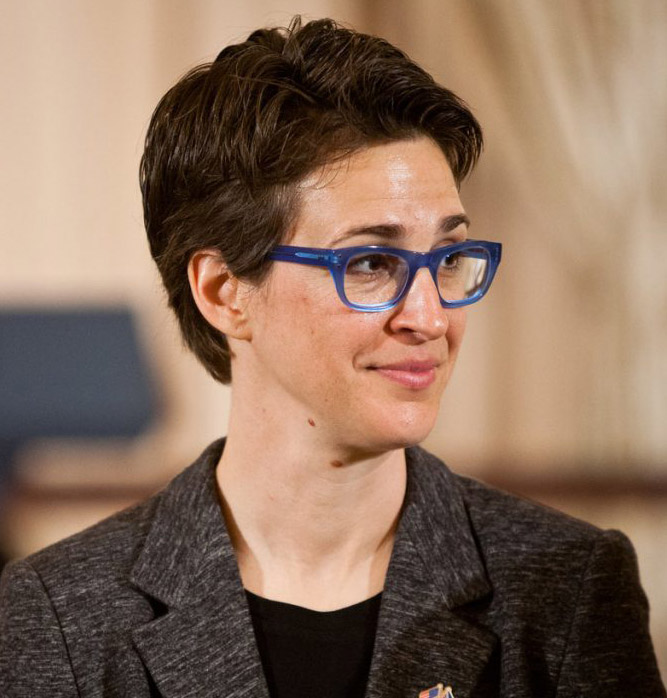
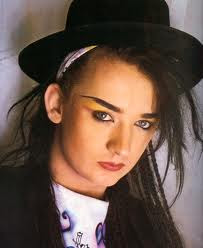

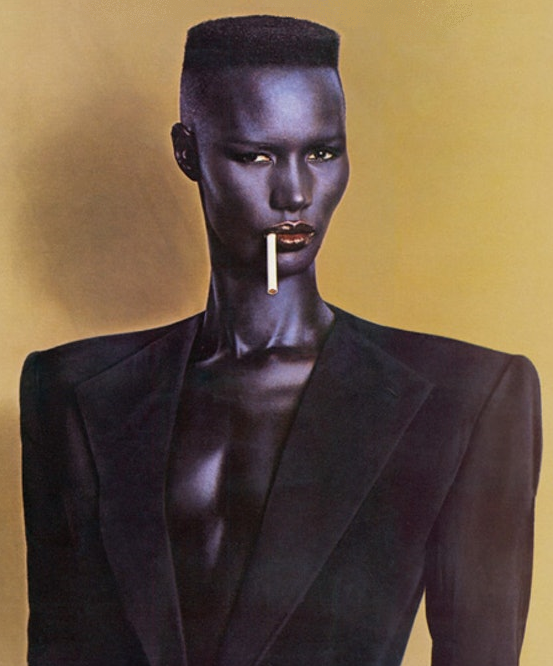
Butches and Studs
Gender Policing: Dangerous
Jokes
Urban Dictionary: Femme
Wikipedia:
Femme
New York Magazine: Where the Bois Are
Iconic Butch Characters From
Your Favorite Sapphic TV and
Films
Gender Cool
Project
What Is a Lesbian Boyfriend? How
Sapphic Relationships Play With
Gender
Real Truth About Butch and Femme
Video: What Does Femme Mean?
He's Feminine and I'm 'Masculine: We're
In Love
Real Meaning of
the Word "Butch"
Iconic Butch Characters From
Your Favorite Sapphic TV and
Films
Freedom to Be Yourself
Info: Sexual Identity
Macho Man by
Village People
Gender expression can
also include using clothing, make-up and other methods
to change the appearance of sex characteristics.
Examples of these methods include padding, binding,
packing and tucking.
A person of any gender
identity can choose to express their personal experience
of gender through any combination of traits, although
some traits are stereotypically associated with certain
identities. Some people, especially those who identify
as agender, neutrois and intergender may wish to avoid
all traits associated with gender, which can be
difficult to do in a society based on the gender binary.
It is important to notice
that one's gender expression does not always match their
gender.
[Source: Gender Wiki]
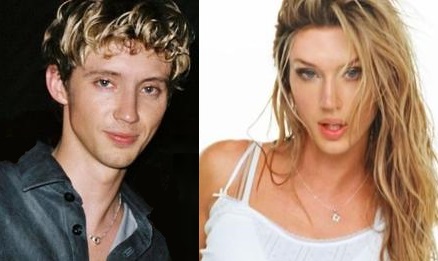
Gill
Foundation: What is Gender Expression?
He's Feminine and I'm Masculine: We're In
Love
What Does Demigender Mean? What are Demiboys and
Demigirls?
Gender
Expression vs Gender Identity
Are You a Butch, a Femme, or a
Stem?
Ursula K. LeGuin: On Being a Man
Info: Sexual Identity
Gender
Spectrum: Understanding Gender
Real Meaning of
the Word "Butch"
Let's Talk About Gender Expression
Societal Expectations
Gender expression can be
defined as the way we show our gender to the world
around us. Societal expectations of gender expression
are reinforced in almost every area of life. Even very
young children are clear about the gendered choices that
boys and girls are "supposed to" make in relation to
toys, colors, clothes, games and activities.




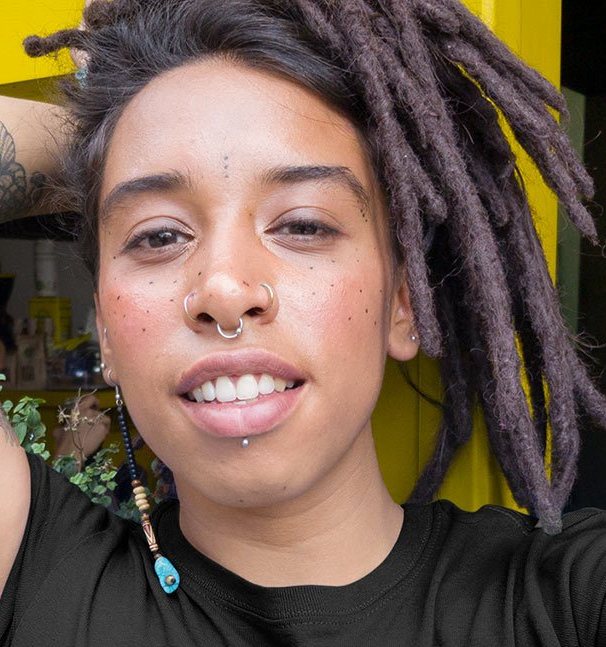
Girls whose gender
expression is seen as somewhat masculine are often
considered tomboys. Depending on the context and the
degree to which they transgress norms, tomboys might be
seen positively, neutrally or negatively. For example, a
girl who identifies as a gamer geek, cuts her hair short
and wears clothing perceived as masculine may be labeled
as a "cute tomboy" or met with words intended to hurt,
such as dyke or freak.
Positive or neutral
labels are harder to come by for boys whose sex and
gender expression are seen as incongruent. Common words
used to describe such boys tend to be delivered with
negative (sometimes hateful) intentions, words like
sissy and faggot. There also is little room
for boys to expand their gender expression. Just wearing
a scarf or walking in a stereotypically feminine way can
lead to abuse from peers, educators or family members.
[Source: Teaching
Tolerance]
Female Gaze: Gender
Expectations
Gender
Expression vs Gender Identity
Courtney Act Answers Kids' Questions
About Gender
Girl in the Kinks Shirt by Matt Nathanson
PBS Video: Origin of Gender
Gender
Spectrum: Understanding Gender
TED Talk: Masculine Women, Feminine Men
Gender Expression
Explained
Video: Types of Genders
Radical Notion: Complete Gender Dictionary
How Has Your Gender
Expression Evolved?
Queer Kid Stuff: Gender Expression
Nongirly: Gutsy, Goofy, Geeky, Glorious
Video Fun: Gender Roles and Stereotypes

Unisex
Unisex is an
adjective that refers to things that are not
sex-specific. Being suitable for any sex. Sexual or
gender neutral. Sexually androgynous, ambiguous, or
fluid. It can also be another term for
gender-blindness or intergender.
The term "unisex" was coined in the 1960s and was used fairly
informally. Although the prefix uni- is from the
Latin unus meaning one, the term seems to have been
influenced by words such as united and universal where
the uni- prefix takes on the sense of shared
(or mixed). In this sense, unisex can be seen as meaning shared by sexes.
The uni- prefix is similar in this sense to the
co- prefix, as in co-educational.
Unisex can be defined
as something that is designed for, suitable for, and used
by both sexes. Not distinguishing between male and
female. Undifferentiated as to sex; as in unisex
clothes, hairstyles, toys, and other products.
Synonyms
of unisex include androgynous, genderless, agender, and
unisexual. Words Related to unisex include ambisexual,
intersexual, asexual, epicene, neuter, neutral, sexless,
and unsexed.
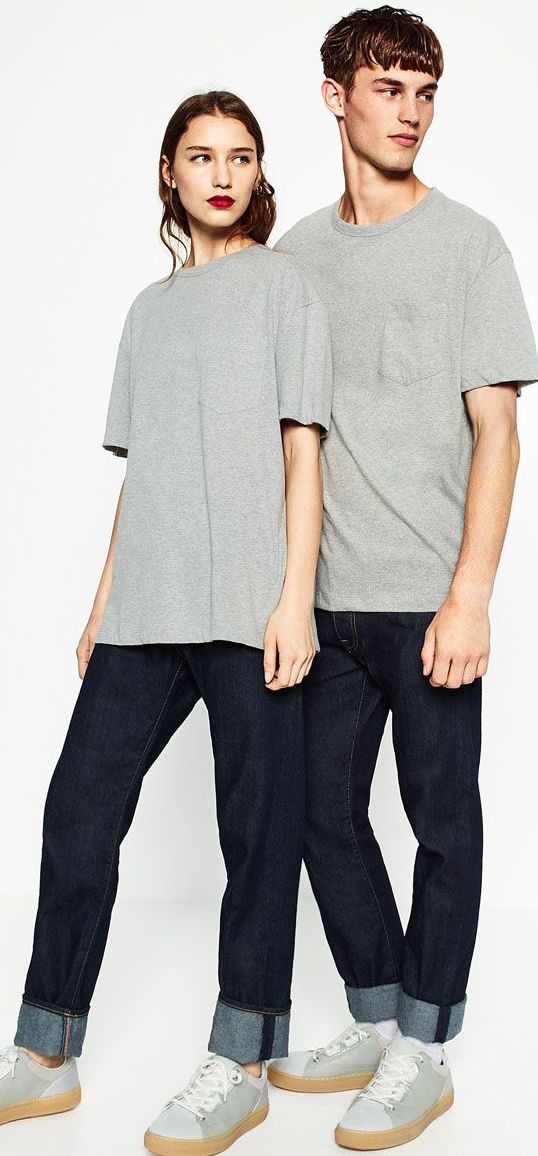
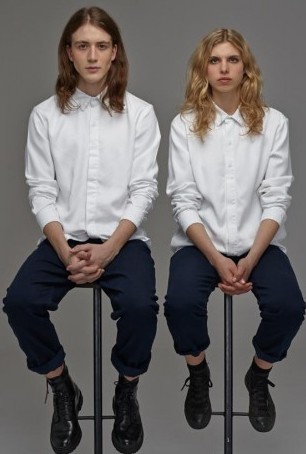
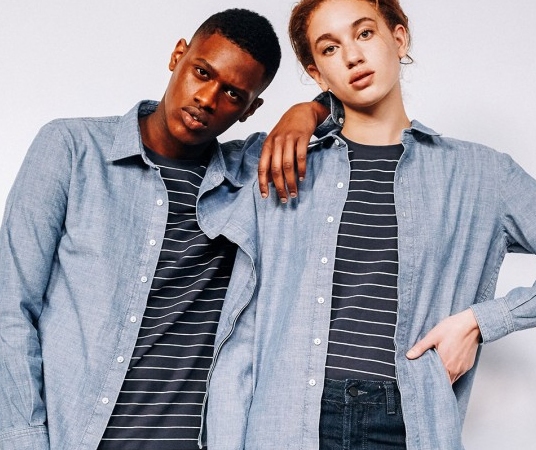
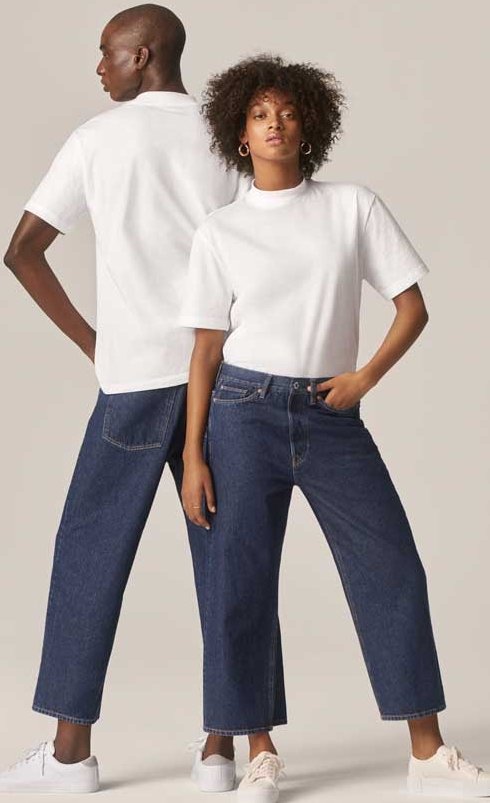
Gill
Foundation: What is Gender Expression?
My Shadow is Pink: Short Film by Scott
Stuart
Info: Sexual
Orientation
How to Dress Gay
Gender
Expression vs Gender Identity
Info: Preferred Gender Pronouns
Androgynous: Joan Jett, Miley Cyrus, Laura Jane Grace
TED Talk: Masculine Women, Feminine Men
Hair stylists and beauty salons that serve both men and
women are often referred to as unisex. This is also
typical of other services and products that had
traditionally been separated by sexes, such as clothing
shops or beauty products. A facility that is usually sex
segregated but is not so designated may be referred to
as unisex, such as a public restroom. Unisex clothing
includes garments like t-shirts; versions of other
garments may be tailored for the different fits
depending on one's sex, such as jeans. The sharing of a
pool, beach or other water or recreational facility by
swimmers and others of various sexes is commonly
referred to as mixed bathing.
A
gender-blind (or unisex) person is someone who adheres
to not distinguishing people by gender. Gender blind
people generally advocate gender neutrality in society,
such as activities undertaken and services provided
without regard to the gender of those who participate.
In education, business, law, and other fields, gender
blindness or sex blindness is the practice of
disregarding gender as a significant factor in
interactions between people.
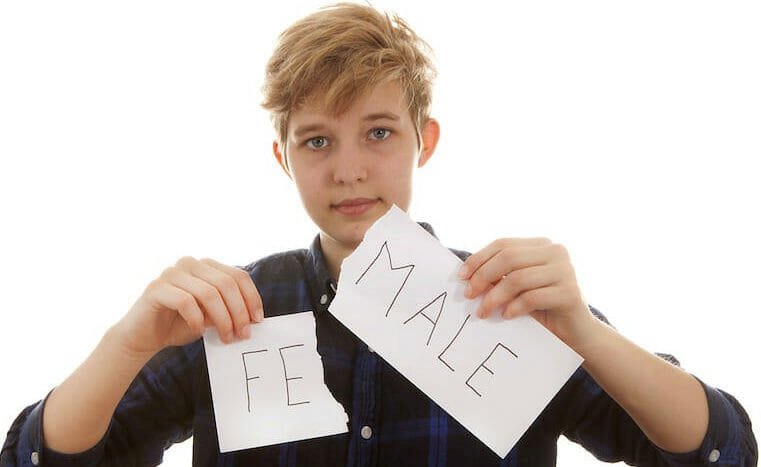
Authentic Representation: Gender Expression
Butches and Studs
What Is a Lesbian Boyfriend? How
Sapphic Relationships Play With
Gender
Radical Notion: Complete Gender Dictionary
My Shadow is Pink: Short Film by Scott
Stuart
TED Talk: Masculine Women, Feminine Men
Documentary: The Gender Spectrum
Macho Man by Village People
A unisex name (also known as an epicene name, a
gender-neutral name, or an androgynous name) is a given
name that can be used by a person regardless of their
sex. Unisex names are common in the English speaking
world, especially in the United States.
Unisex names can be used as a source of humor, such as
Julia Sweeney's sexually ambiguous character "Pat" on
Saturday Night Live. A running joke on the TV show
Scrubs is that almost every woman J.D. sleeps with has a
unisex name (Jordan, Alex, Danni, Elliot, Jamie, Kim).
Similarly, the sex of the baby Jamie in Malcolm in the
Middle was purposely kept ambiguous when first
introduced at the end of the show's fourth season to
build suspense. In Gilmore Girls, Rory is bothered by
the discovery that her boyfriend Logan's workmate Bobby,
is female. Rory had assumed Bobby was male and it is
only upon their first meeting that Rory discovers
Bobby's gender.
Unisex names include:
Addison, Alex, Andy (Andi), Ash, Ashley, Aubrey,
August, Avery, Blair, Blake,
Briar, Brett, Brook, Cameron, Carson,
Carol (Carrol), Charlie, Chance, Chris (Kris), Dakota,
Dana, Drew, Dylan, Elliot (Elliott),
Emerson, Eve (Yve), Frankie,
Grey, Harper, Jamie, Jean (Gene), Jerry (Jeri), Jesse (Jessie),
Joe (Jo), Jordan, Kelly (Kelli), Kennedy, Kim, Kit, Lee (Leigh), Leslie (Lesley),
Mason, Madison, Mickey, Morgan, Pat, Quinn, Randy (Randi),
Ray (Rae), Ricky (Ricki,
Rikki),
Robin, Riley, Ripley, River, Ryan, Sage, Shane, Sidney (Sydney), Stevie, Tommy (Tommie), Taylor,
Terry (Terri), Tony (Toni), Val, Wyatt.
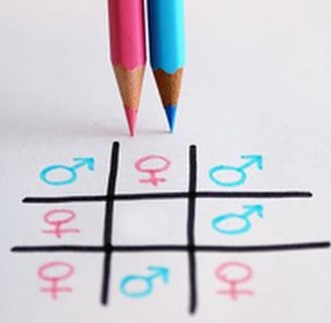
Video Fun: Gender Roles and Stereotypes
Glee Video: If I Were a Boy
Info: Fashion and Clothing
Femmephobia in Gay
Communities
Gender
Spectrum: Understanding Gender
History of Lesbian Fashion
Video Talk: Gender Identity vs Gender Expression
Info: Gender
Queer
Radical Notion: Complete Gender Dictionary
Video Story: I Thought I Was Gay
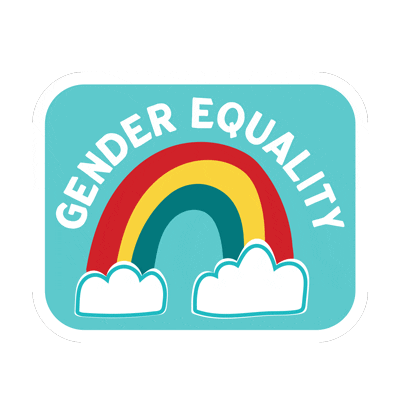
Gender Rights
Within the trans
community, there is a misconception by some that
antidiscrimination protections based on gender identity
are about transsexual people, while antidiscrimination
protections based on gender expression are about
crossdressers. The oversimplifying, boiling down of the
term gender expression to apply to a narrow subset of
trans people strips out the broad concept of what the
term gender expression actually is, and its
ramifications towards lesbian, gay, bisexual,
transgender, and queer (LGBTQ) civil rights.
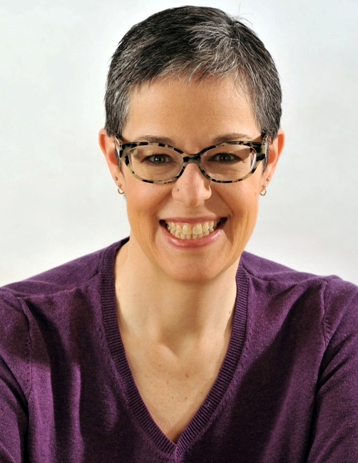
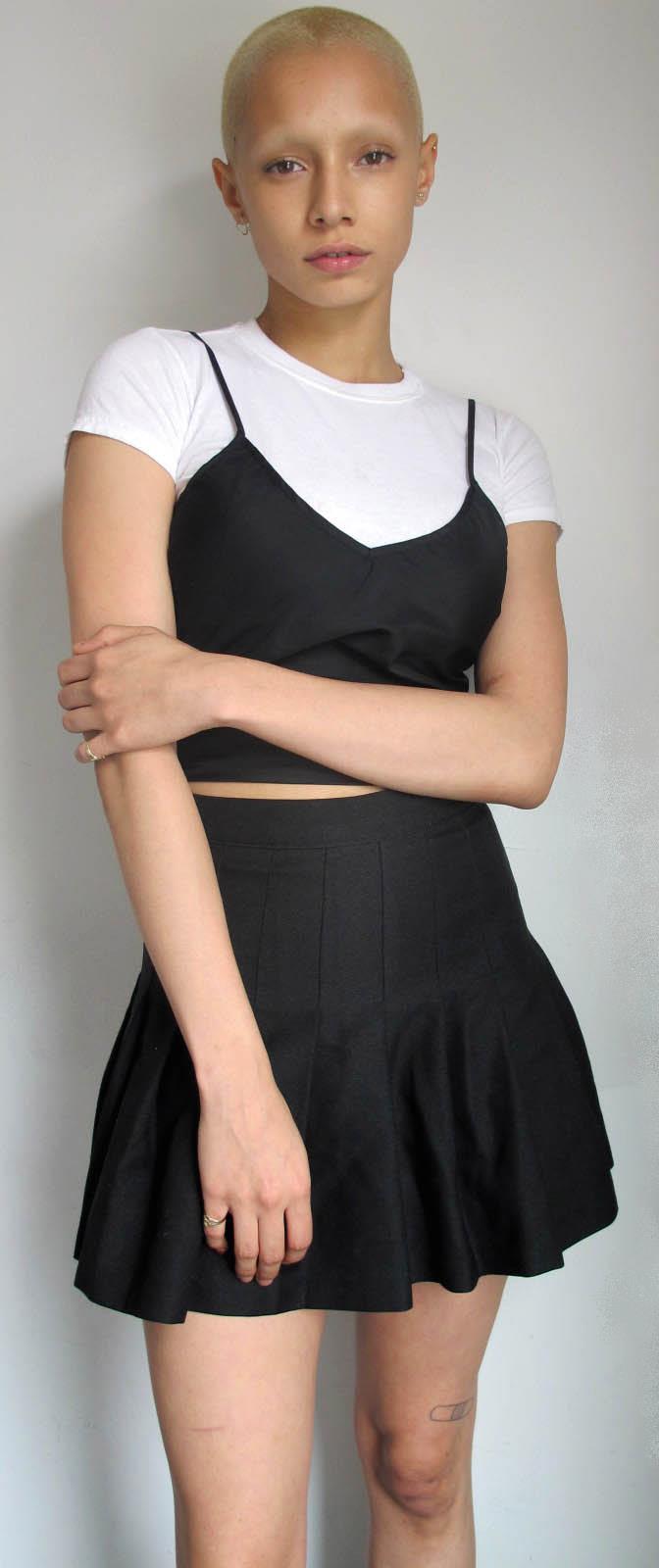

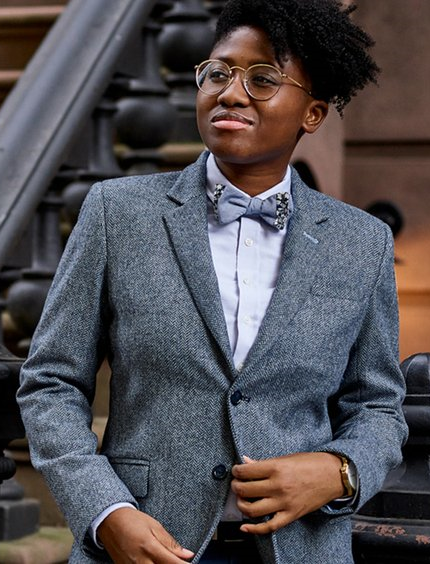

How Has Your Gender
Expression Evolved?
Tom Boy: Destiny Rogers Music Video
Courtney Act Answers Kids' Questions
About Gender
Gender
Spectrum: Understanding Gender
Video: Types of Genders
Autostraddle: Butch Please
Gender identity and
gender expression are terms for two fully separate
concepts. From a legal perspective for transsexual
people, as well as for transgender people who don’t
identify as transsexual people, these are very related
terms. And, these terms really can be two peas in a
single pod, but at the same time these two terms are
definitely not a single pea in a single pod.
For pretty much everyone
else in broad society gender expression still applies. It’s just that their gender identities matches the
societal sex and gender norms for their assigned birth
sex of male or female.
So what do the terms
gender identity and gender expression mean?
According to the GLAAD Media Reference Guide:
Gender Identity: One’s
internal, personal sense of being a man or a woman (or a
boy or a girl). For transgender people, their
birth-assigned sex and their own internal sense of
gender identity do not match.
Gender Expression:
External manifestation of one’s gender identity, usually
expressed through masculine, feminine or
gender-variant behavior, clothing, haircut, voice or
body characteristics.
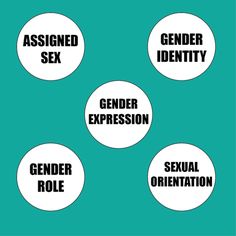
Sex and Gender Defined
Sexual
Orientation Defined
Gender Identity
Defined
Gender
Queer Defined
Queer
Defined
Gay Stereotypes
Drag
and Cross Dressing
Gender Pronouns
The GLAAD Media Reference
Guide then adds this regarding transgender people: Typically, transgender
people seek to make their gender expression match their
gender identity, rather than their birth-assigned sex.
This is how the GLAAD
Media Reference Guide defines transgender: An umbrella
term for people whose gender identity and/or gender
expression differs from the sex they were assigned at
birth. The term may include but is not limited to:
transsexuals, cross-dressers and other gender-variant
people. Transgender people may identify as
female-to-male (FTM) or male-to-female (MTF). Use the
descriptive term (transgender, transsexual,
cross-dresser, FTM or MTF) preferred by the individual.
Transgender people may or may not decide to alter their
bodies hormonally and/or surgically.
Transsexual and
genderqueer people (people who live as a gender that
doesn’t match the sex they were assigned at birth) may
seek to make their gender expression match their gender
identity. Crossdressers and drag performers are part
time expressers of gender that doesn’t match their
birth-assigned sex. But these folk aren’t seeking to
make their gender expression match their gender
identity, they are only sometimes expressing gender that
doesn’t match their gender identity.

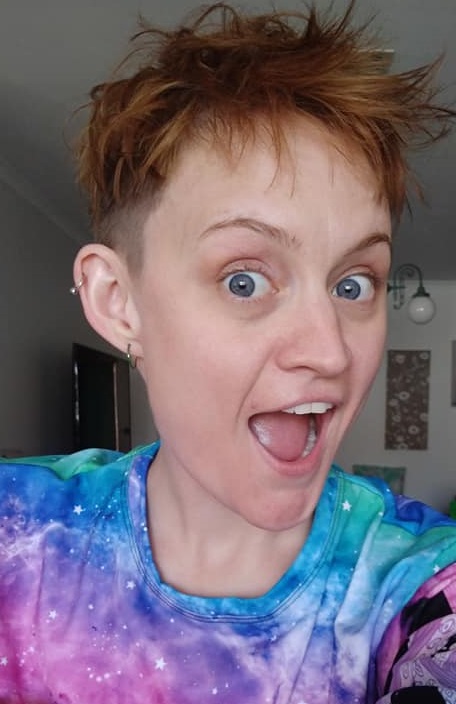
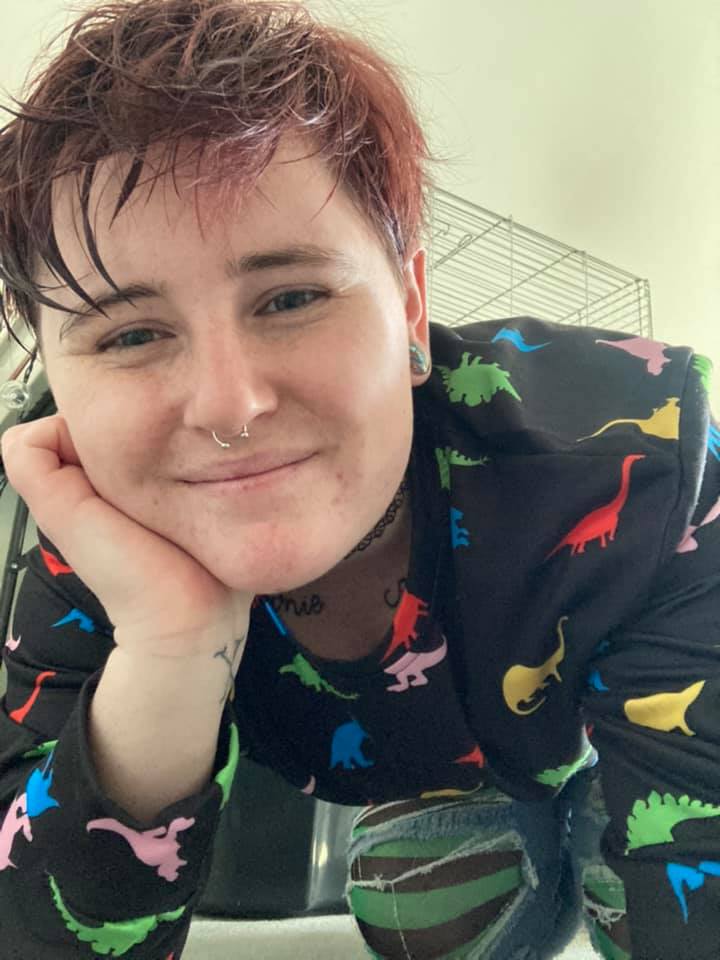
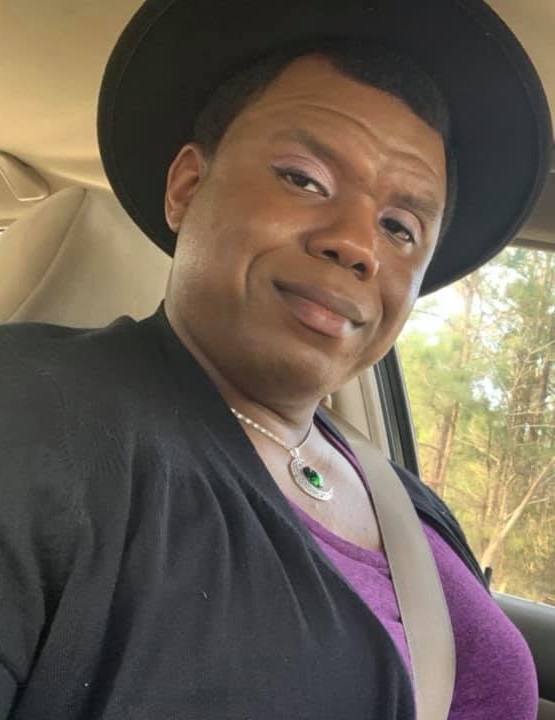
Gill
Foundation: What is Gender Expression?
Let's Talk About Gender Expression
Why Effeminate Gays Are Fabulous
TED Talk: Masculine Women, Feminine Men
Gender
Expression vs Gender Identity
Charli XCX: Boys
Female Gaze: Gender
Expectations
Video Fun: Expressing Myself My Way
Ursula K LeGuin: On Being a Man
Info: Sex and Gender
But for the majority of
society members who don’t identify as transgender,
gender expression still applies. Pretty much everyone
who functions within society expresses gender, or is
perceived as expressing gender. For the majority of
societal members, gender expression conforms within the
range of gender norms for the sex they were assigned at
birth.
Even genderqueer,
androgynous, and intergender identified people are
expressing gender. They’re just expressing it in a
gender neutral manner.
And males who express
gender with what is perceived in our culture as more
feminine expression, and females who express gender with
what is perceived in our culture as more masculine
expression. These folk are perceived to be gay or
lesbian, whether or not these folk actually are actually
gay or lesbian.
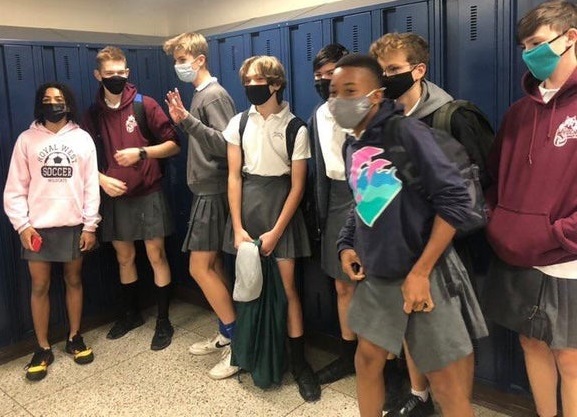
Info: Sexual Identity
PBS Video: Origin of Gender
History of the Word "Femme"
My Shadow is Pink: Short Film by Scott
Stuart
Ursula K LeGuin: On Being a Man
Barbie is Releasing an Androgynous David
Bowie-Inspired Doll
Jess Steven: Struggles of Being a Femme Lesbian
Radical Notion: Complete Gender Dictionary
Glee Video: If I Were a Boy
Queer 101: What is Gender Expression?
There is a reason why
male-to-female trans women who are victims of hate
violence aren’t usually referred to by the
anti-transgender pejorative "she-male" by their
attackers, but instead are usually referred to by the
antigay pejorative, "fag." And, that reason is that
people who are perceived to be male, who have what is
perceived to feminine gender expression, are perceived
to be gay.
I would say that housing,
employment, and especially public accommodation
antidiscrimination protections based on sexual
orientation and gender identity are protections for
people whose expression of gender is perceived to be
non-conforming to societal sex and gender norms.
One important concept to
remember regarding gender identity and gender expression
is that gender is expressed on some level by pretty much
all of us in our broad society. When gender expression
doesn’t conform to societal sex and gender norms is when
that antidiscrimination protections for LGBTQ community
become legally important.
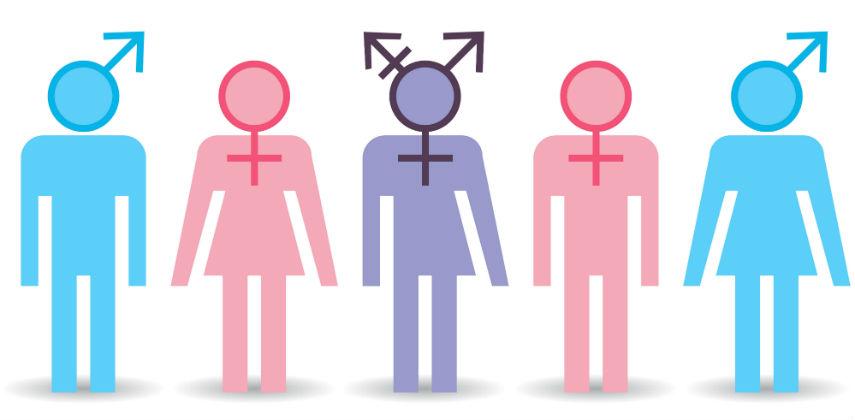
The other, key concept
regarding gender identity and gender expression is that
gender expression is the glue (the commonality) that
should bind trans community together.
It’s also a glue that
should bind LGBTQ community members together.
Significant numbers of LGBTQ community members are
indirectly perceived by people outside of LGBTQ
community as gender nonconformists, and that indirect
perception of gender nonconformity is the why and how
they are perceived to be LGBTQ.
And too, that perception
by people outside of LGBTQ community that gender
nonconformity is an identifier of lesbian, gay,
bisexual, transgender, and queer people has civil rights
implications.
Gender expression isn’t
gender identity, and vice versa. These two terms really
do represent two separate concepts. And gender
expression? It’s a broad concept. Gender expression
isn’t just a transgender term that functions as code
wording for crossdressers.
[Source: Autumn Sandeen,
Pam's House Blend]
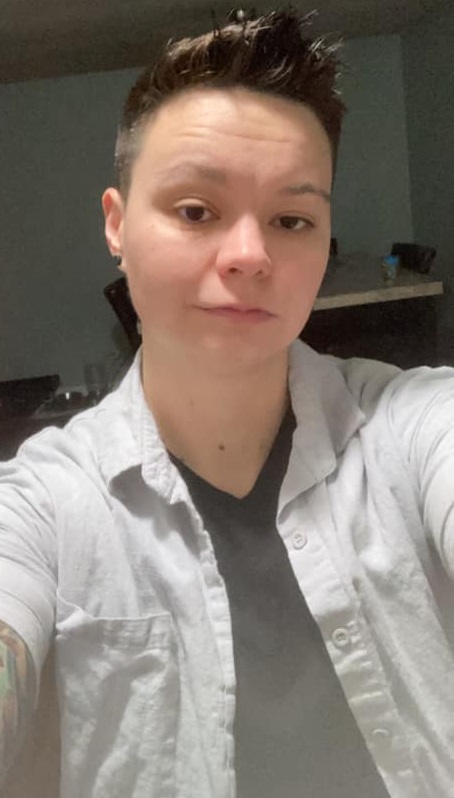
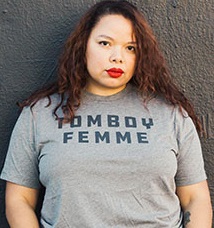


Video Talk: Gender Identity vs Gender Expression
Maggie Szabo: Don't Give Up
Queer Kid Stuff: Gender Expression
Video: Kate Borstein Speaks About Gender
Gender Expression
Explained
Teaching Sex, Sexual Orientation, Gender Expression, and
Gender Identity
Video Talk: How Do You Express Your Gender?
Femmephobia in Gay
Communities
Info: Gender Identity
Butches and Studs
Authentic Representation: Gender Expression
Nongirly: Gutsy, Goofy, Geeky, Glorious
Androgynous: Joan Jett, Miley Cyrus, Laura Jane Grace
Freedom to Be Yourself
HOME
QUEER CAFE
│ LGBTQ Information Network │ Established 2017